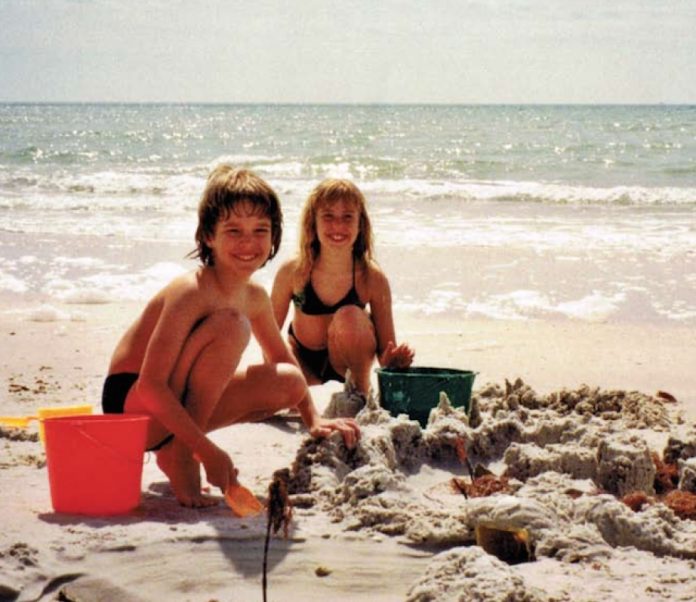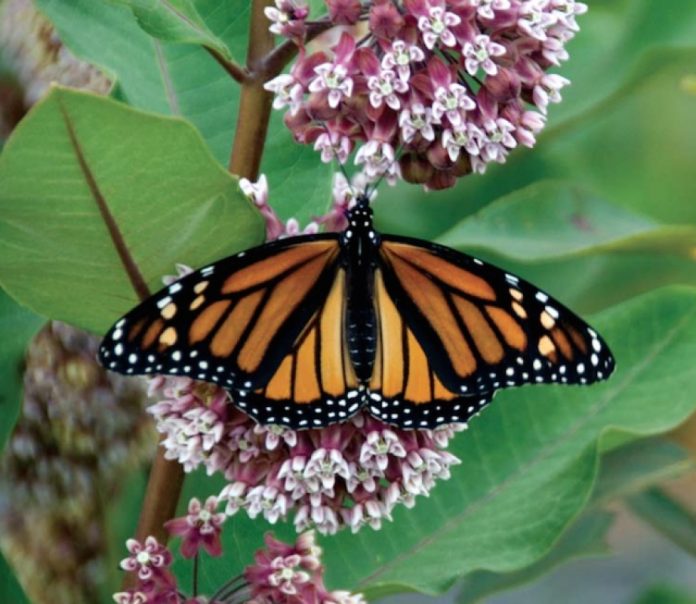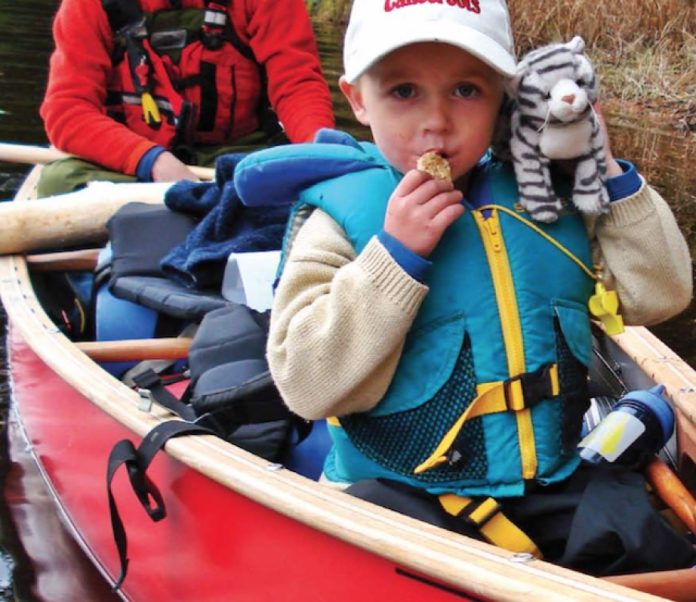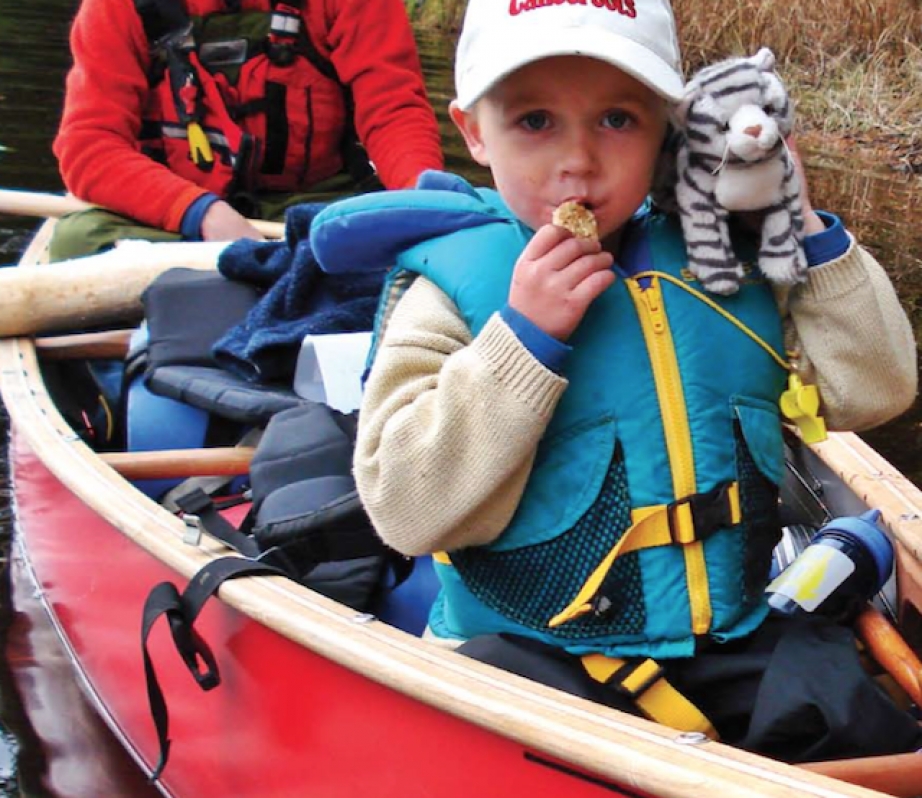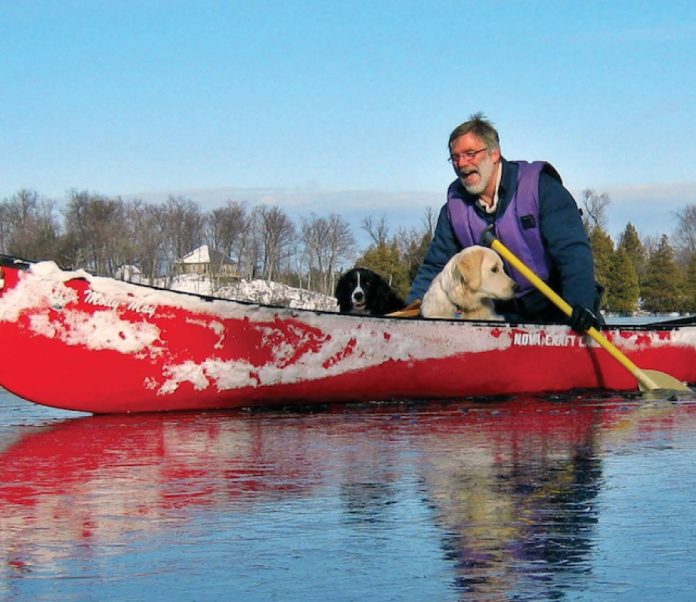This review of the Riverbug HV was originally published in Rapid magazine.
First conceived in New Zealand, Riverbugging has since descended rivers around the world. Leading the Riverbug revolution is Don Allardice, a Kiwi and long-time paddler living in Austria. A fateful meeting between Allardice and Trailhead Ottawa owner Wally Schaber at the European paddlesports tradeshow, Kanumesse, last year convinced Schaber to bring the funky craft to North America. This Spring, Rapid got a lesson in ‘bugging from Allardice himself on the creeky class ||-||| rapids of our backyard run.
The Riverbug’s twin PVC pontoons sandwich around a foam seat platform and inflatable backrest, lenaind it armchair comfort and stability, and a Velcro lap belt holds the ‘bugger in place. Instead of a paddle, a Riverbugger slips on webbed, neoprene gloves and flippers and uses his legs to provide most of the propulsion and steering. Sitting upright and kicking with your feet, you either drift and back ferry or run rapids in reverse, row-boat style, which makes spotting eddies and edging a bit counterintuitive for paddlers. Nevertheless, the Riverbug’s forgiving and surprisingly nimble ride had us feeling like old pros within a couple hours. It’s this quick learning curve—and the pleasure of feeling the water directly through hands and feet rather than shaft and blade—that makes Riverbugging addictive fun. And while such ready proficiency can too often lead to boredom with a new sport, Allardice’s hand rolls, graceful pirouettes and successful descents of difficult rivers—he says the ‘Bug is best suited to creeks and technical, continuous lower volume river runs—are proof that this is a sport with a future.
www.trailhead.ca | $859
This article originally appeared in Rapid magazine, Summer/Fall, 2010. Download our free iPad/iPhone/iPod Touch App or Android App or read it here.



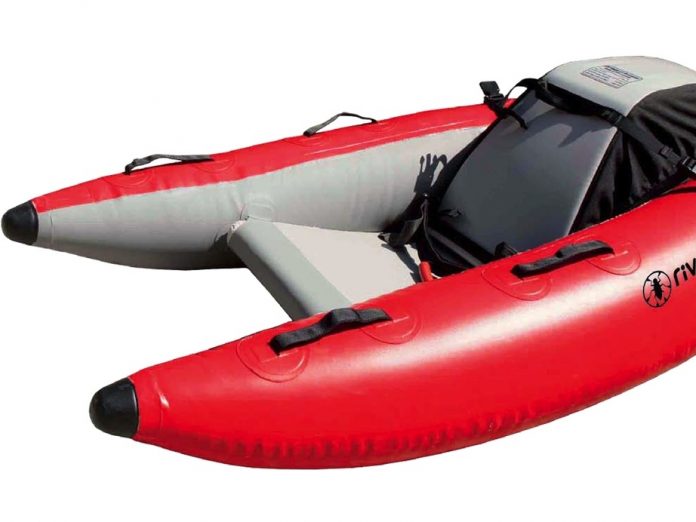

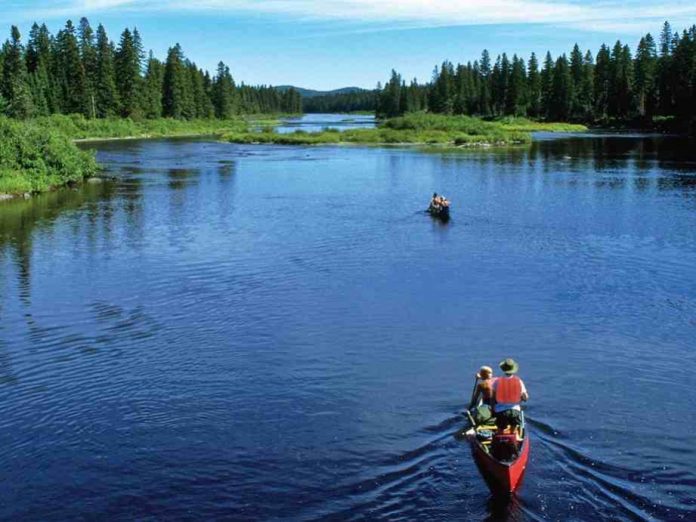
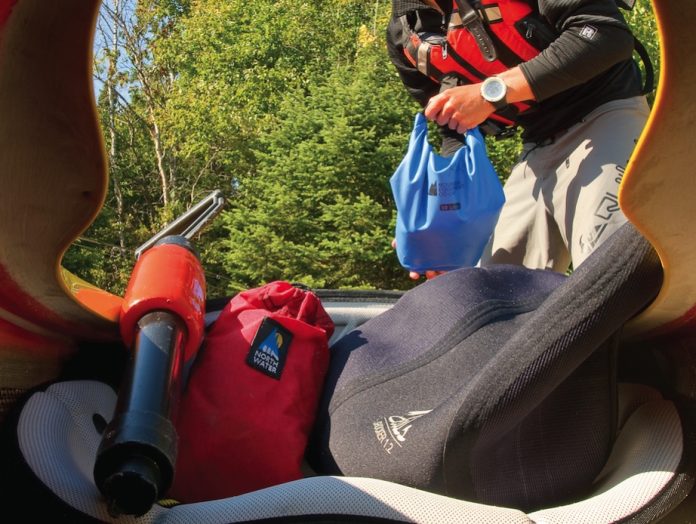
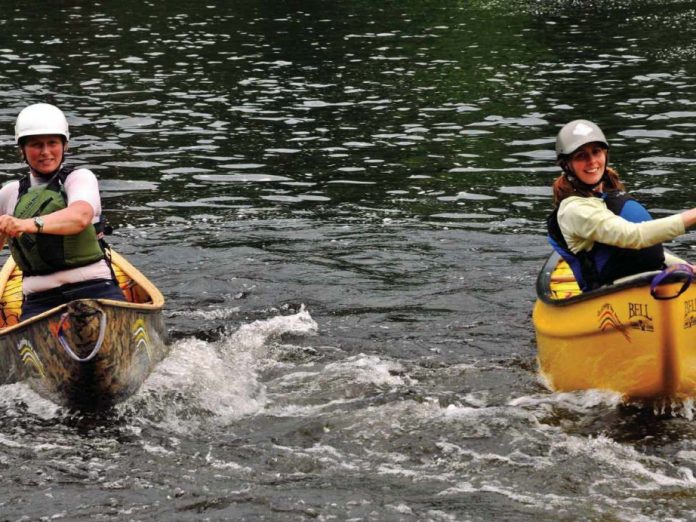
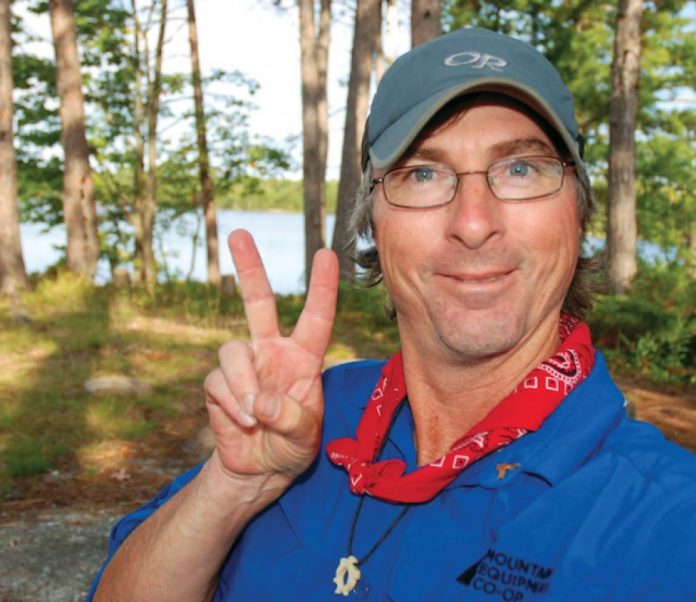
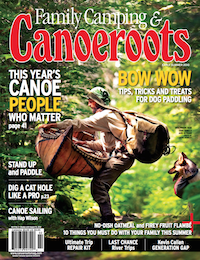 This article first appeared in the Summer 2010 issue of Canoeroots Magazine. For more great content, subscribe to Canoeroots’ print and digital editions
This article first appeared in the Summer 2010 issue of Canoeroots Magazine. For more great content, subscribe to Canoeroots’ print and digital editions 